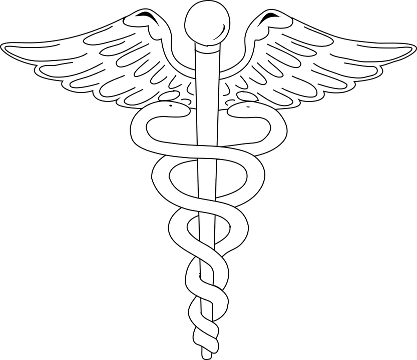How Do Joints Work?
Joints are designed to withstand the loads placed on them and provide a full range of motion. Each joint is made up of at least two surfaces that touch each other and allow for movement. These include ball-and-socket joints such as the hip; hinge joints such as the knee and elbow; and gliding joints, such as those in the spine. The bones that make up the joint allow movement, but it is the muscles that pull the bones that produce the movement. Muscles are attached to bones by structures called tendons. Tendons must be both strong to facilitate movement and flexible to prevent damage to the muscle tissues. Ligaments, which are stiff structures that connect bones, help to prevent excessive movement. Muscles, tendons, and ligaments are attached around each joint at very specific positions, with joint surfaces shaped in exact dimensions. Fluid within most of the joints lubricates the joint surfaces to reduce friction and allow for lifelong use.
The movements that you perform on a daily basis are critical to long-term joint health, as are proper nutrition, a healthy exercise regimen, and a healthy lifestyle. Proper lifting is also important. Moving a joint through its full range of motion serves several important purposes. Joints are not supplied directly with blood as are other organs within the body, so the saying “If you don’t use it, you’ll lose it” applies to joint function.
Presented as a service to the community by: Union County Chiropractic Clinic, 110 Skyline Drive, Maynardville, TN (865) 992-7000 www.unioncountychiropractic.com.
- Log in to post comments
